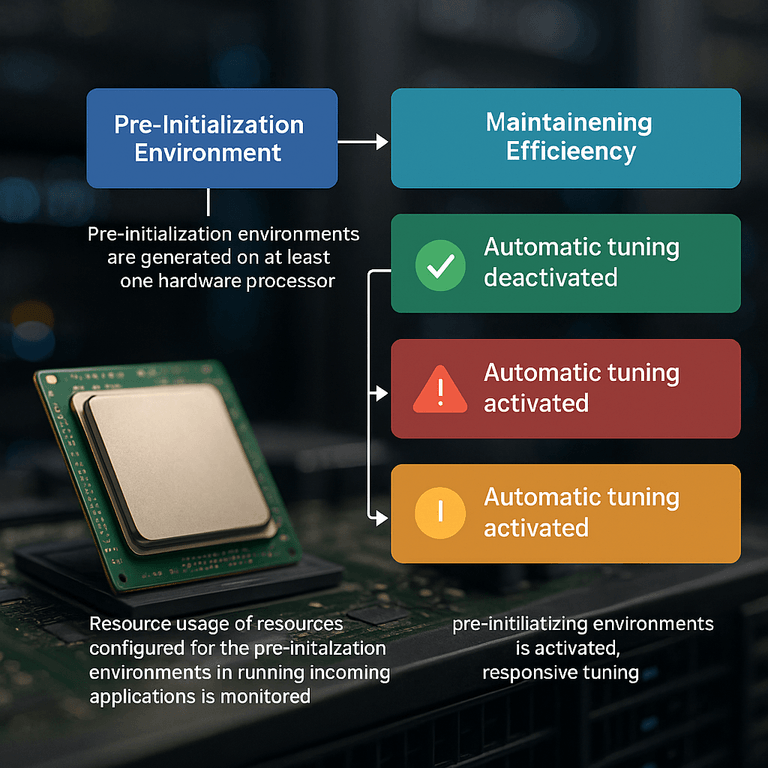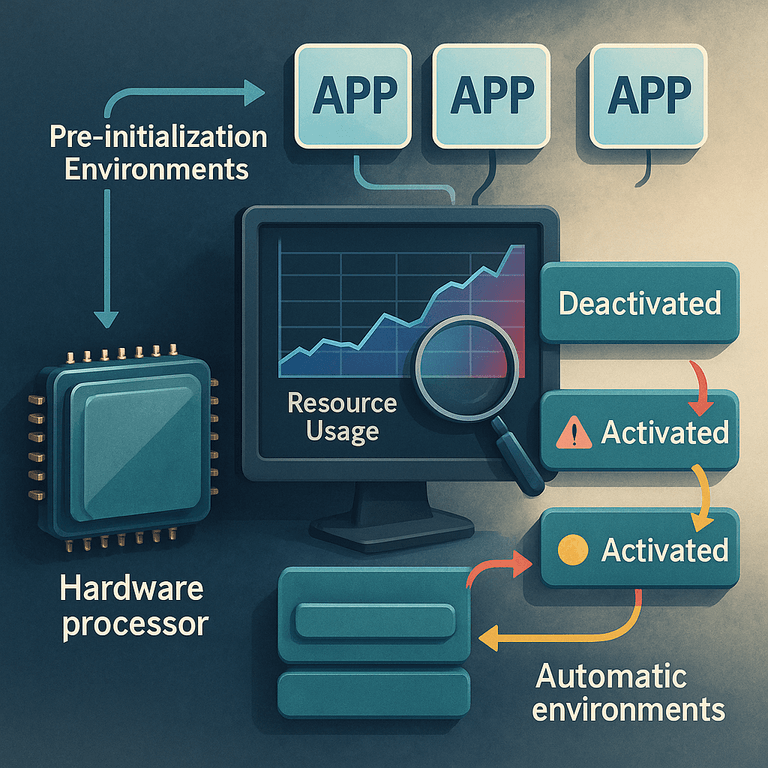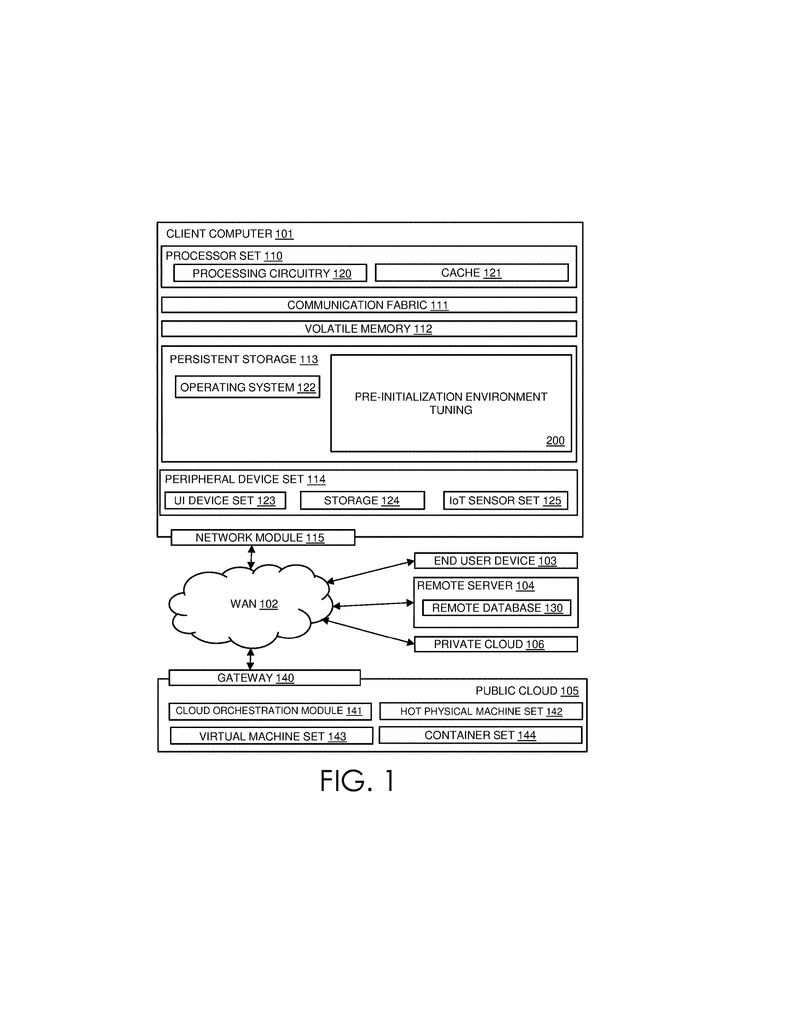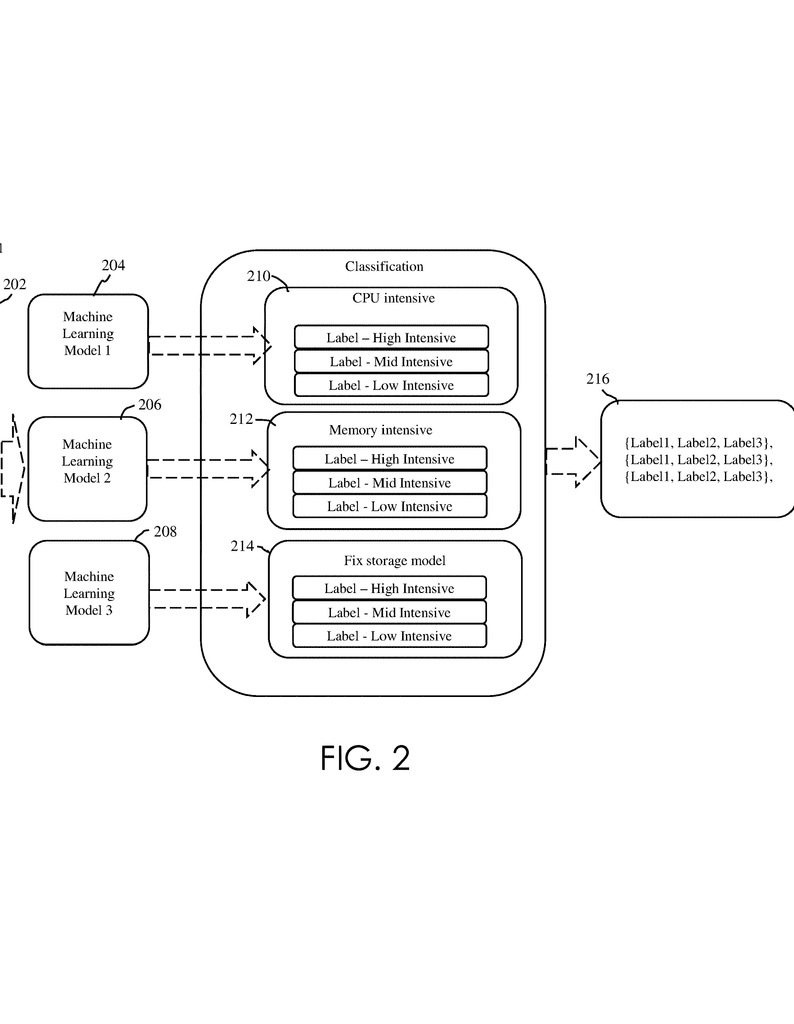Invented by Liu; Dong Hui, Jiang; Peng Hui, Lu; Jing, LI; NAIJIE, Su; Jun, Tang; Xiao Yan, Yu; Jia
Understanding how computers run programs and use resources like memory and CPU is important for businesses and technology users. The patent application discussed here introduces a new way to manage these computer environments, which can help computers work faster, waste less energy, and save money. Let’s look closer at what this invention is about and why it matters.
Background and Market Context
Today, many businesses depend on computer systems to run their software. These systems often use virtual machines or containers, which are like digital rooms where programs can run safely and quickly. Before a program can run, the computer has to set up the room with the right tools, such as memory, storage, and processing power. This setup is called a “pre-initialization environment.”
With the increase of cloud computing and on-demand services, more companies use these pre-initialized environments to handle everything from websites to banking transactions. Fast response times are very important. If the computer is slow to set up, users may experience delays, which can mean lost customers and lost revenue.
However, keeping too many environments ready at all times uses a lot of electricity and can be expensive. If there are not enough environments, some programs might have to wait, causing slowdowns. Getting this balance right is tricky. Companies want to use just the right amount of resources to run their programs, without wasting energy or money.
The market has seen many tools and systems that try to help with this problem. Businesses are always searching for smarter ways to set up, monitor, and adjust these environments. As more software moves to the cloud and more people expect fast, reliable service, the need for better resource management grows.
This is where the invention from the patent comes in. It offers a way for computers to watch how much work each environment is doing, and then make smart decisions about whether to add, remove, or adjust these digital rooms. This can help computers run more smoothly, keep costs down, and use less energy—all while making sure user experiences remain fast and reliable.
Scientific Rationale and Prior Art
To understand this invention, it’s helpful to know how current systems work and what their limits are. In many existing systems, when a company expects heavy use, they might set up many environments ahead of time. If usage drops, some of those rooms may sit empty, still using power and resources. If usage goes up suddenly, there may not be enough rooms ready, so some programs have to wait.
Prior art includes many automated systems that try to fix this by scaling resources up or down. For example, some cloud platforms monitor general system load and add or remove virtual machines based on simple rules. But these systems often look at broad metrics, not the specific needs of different applications. They may not adjust quickly enough if things change suddenly. And many do not use advanced data analysis or machine learning to predict what will happen next.
Another problem with older systems is that they often treat every application the same. But not all programs need the same amount of memory or CPU time. Some are very light and quick, while others are heavy and need lots of resources. If the system doesn’t understand these differences, it can assign resources poorly. This can lead to wasted power, slowdowns, or even crashes.
Some modern tools use machine learning to predict resource needs, but they may not automatically adjust the setup of their environments. Others might adjust environments, but only in fixed ways, following simple patterns that do not change as workloads evolve.
Because of these gaps, companies can waste money or provide poor user experiences. There is a clear need for a system that not only watches what is happening, but also learns from past data, predicts what will be needed, and responds right away. This is especially important as software environments grow more complex and user expectations rise.
The patent application describes a system that uses machine learning to study past application performance, learns what different programs need, and then uses this knowledge to set up the right kind of environment. It keeps watching, and if it sees that an environment is too busy or sitting idle, it can automatically adjust—either by making more environments, taking some away, or tuning their settings. This creates a smarter, more flexible way to manage resources that can adapt as needs change.
Invention Description and Key Innovations
This invention is a computer-based method, system, and software that manages pre-initialization environments for incoming applications. The main idea is to make these environments work better by watching how much of the computer’s resources they use and then changing their settings, or even turning them on or off, based on real-time needs.
First, the system sets up several pre-initialization environments. Each environment is like a room that is ready for a program to enter and start running right away. These rooms are set up not randomly, but based on what has been learned from the past. The system uses machine learning to study old data and figure out what kinds of resources different programs usually need. For example, some might need lots of memory, others more CPU power, and so on.
The machine learning models look at features of the incoming programs—like their size, what kind of code they use, and other details. From this, the system can predict which environment is the best match for each program. When a new program arrives, the system checks its features, predicts how much memory, CPU, and storage it will need, and then sends it to the right environment.
Once applications are running, the system keeps a close eye on how much of each resource (like memory and CPU) is being used in each environment. If an environment is running at just the right level—not too busy and not sitting empty—the system leaves it alone. This is called maintaining a “threshold level of efficiency.”
If the system notices that an environment is overloaded (too many programs or too much resource use), it can take action. It might create another environment to help share the load, so programs do not slow down. If it sees an environment is idle (not being used at all), it can shut that environment down, saving energy and money.
Unlike older systems, this approach is dynamic and keeps adjusting as things change. The monitoring happens over and over, so changes can be made quickly. The system can also follow rules set by users. For example, a company might want to keep a certain number of environments always ready, or never let any environment get too busy.
The key innovations in this invention include:
1. Learning from the Past: By using machine learning to study old data, the system understands what different types of programs need. This helps it set up the right environments ahead of time, rather than guessing or using one-size-fits-all settings.
2. Real-Time Monitoring and Action: The system does not just set up environments and leave them running; it watches in real time and takes action as soon as something changes. If an environment is too busy or too empty, it adjusts right away.
3. Automatic Tuning: Instead of manual changes or simple rules, the system automatically tunes the environments based on actual usage and machine learning predictions. This means fewer wasted resources, lower costs, and better performance.
4. User Control: While the system can decide on its own, it also lets users set special rules. This way, businesses can make sure the system works in a way that fits their needs.
5. Smart Routing: When a new program comes in, the system predicts its needs and sends it to an environment that matches. This helps prevent slowdowns and keeps everything running smoothly.
With these innovations, the invention helps computers use their resources better, respond faster to changing needs, and lower both costs and energy use. It can work in many settings, from big cloud data centers to smaller private systems.
Conclusion
The patent application for dynamic tuning of pre-initialization environments brings a new level of intelligence to computer resource management. By learning from history, watching current use, and acting fast, it helps computers run programs more smoothly and efficiently. This means better performance for users and lower costs for companies. As businesses continue to move more of their work to the cloud and demand faster, smarter systems, this invention stands out as a practical and forward-thinking solution. It addresses real-world challenges of balancing speed, cost, and energy use, and sets the stage for even more advanced management of computer environments in the future.
Click here https://ppubs.uspto.gov/pubwebapp/ and search 20250217260.




